Polly Apfelbaum’s debut at the Amden Atelier was her show called Haunted House in 2011. The American artist is now returning with The Greenhouse, an installation composed of images of plants that she extracted from a seed catalogue in her father’s estate.
Polly Apfelbaum is famous for her colourful floor pieces exploring the expansion of colour in space. Her works give the lie to the idea that recent developments in contemporary art have somehow diminished the importance of the eye. She began exhibiting her monumental fabric floor pieces in 1996. These “fallen paintings” evoke the serial approach of Minimal Art, but consist of hundreds of different elements, each of which was individually cut out and ink-dyed. By creating these installations, the artist turned away from the wall and began varying the theme of the expansion of colour fields in space, as she has been doing ever since.
In addition to a colourful palette reminiscent of Matisse, what characterizes many of Apfelbaum’s works is above all their provisional, makeshift quality. The concept of latency is central to any understanding of her work. Unlike a rug or the late paper cut-outs of Matisse, the parts out of which her works are assembled are not permanently joined together. The fact that they can shift, overlap, and slip out of place at any time is actually crucial to the identity of these fragile constructs. Apfelbaum is interested in the systematic composition of colour fields – most of them in the form of industrially made fabrics that she herself does not process – in such a way that the works are perceived as belonging to an indefinite realm between painting, sculpture, and installation. She consistently creates geometrical systems or patterns in space, even when she uses figurative elements to make them, as in the case at the 2022 show at the Amden Atelier, where images of plants will lend the gloomy interior of an abandoned barn the aspect of a greenhouse.
This is what the artist herself has to say about The Greenhouse, in which she was working with reproductions just as she did in 2011: “The installation is based on a picture collection for the seed trade, a catalog published in Vaduz in 1959. I inherited the book from my father, whose family was in the seed business. My first installation at the Amden Atelier was a book based on the idea of a haunted house. This is an installation based on a greenhouse. The book’s beautiful photographs of flowers and vegetables were on seed packets. Its ‘four color photo-mechanical offset’ and the color photos were ‘taken under the supervision of experts on the proof-fields of the best seed growers in Europe’. Each page has 4, 6 or 8 images but we're going to make each image a page. The pages will all be hung throughout the barn, creating a greenhouse.”
– Roman Kurzmeyer

 Images
Images
 Info
Info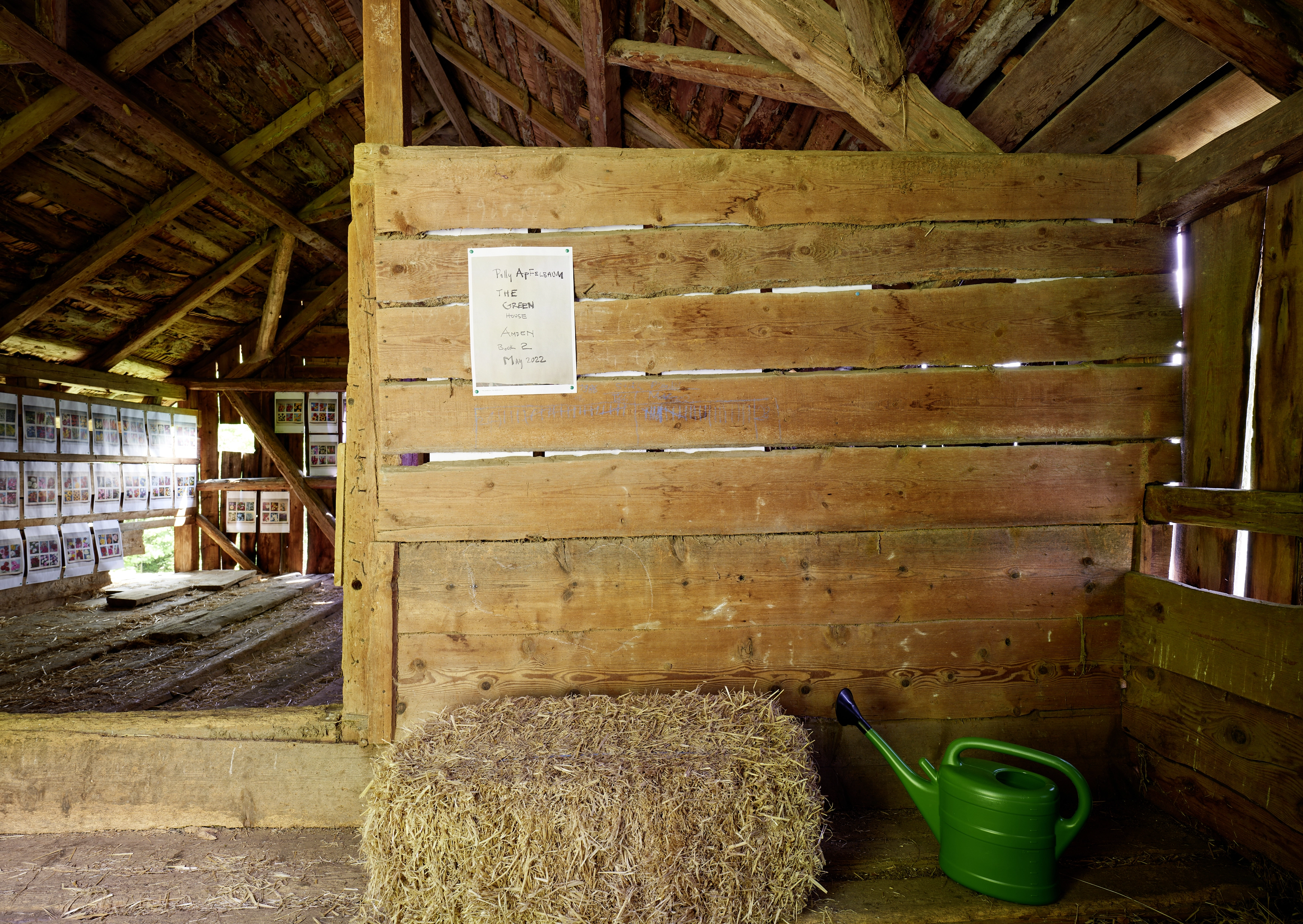
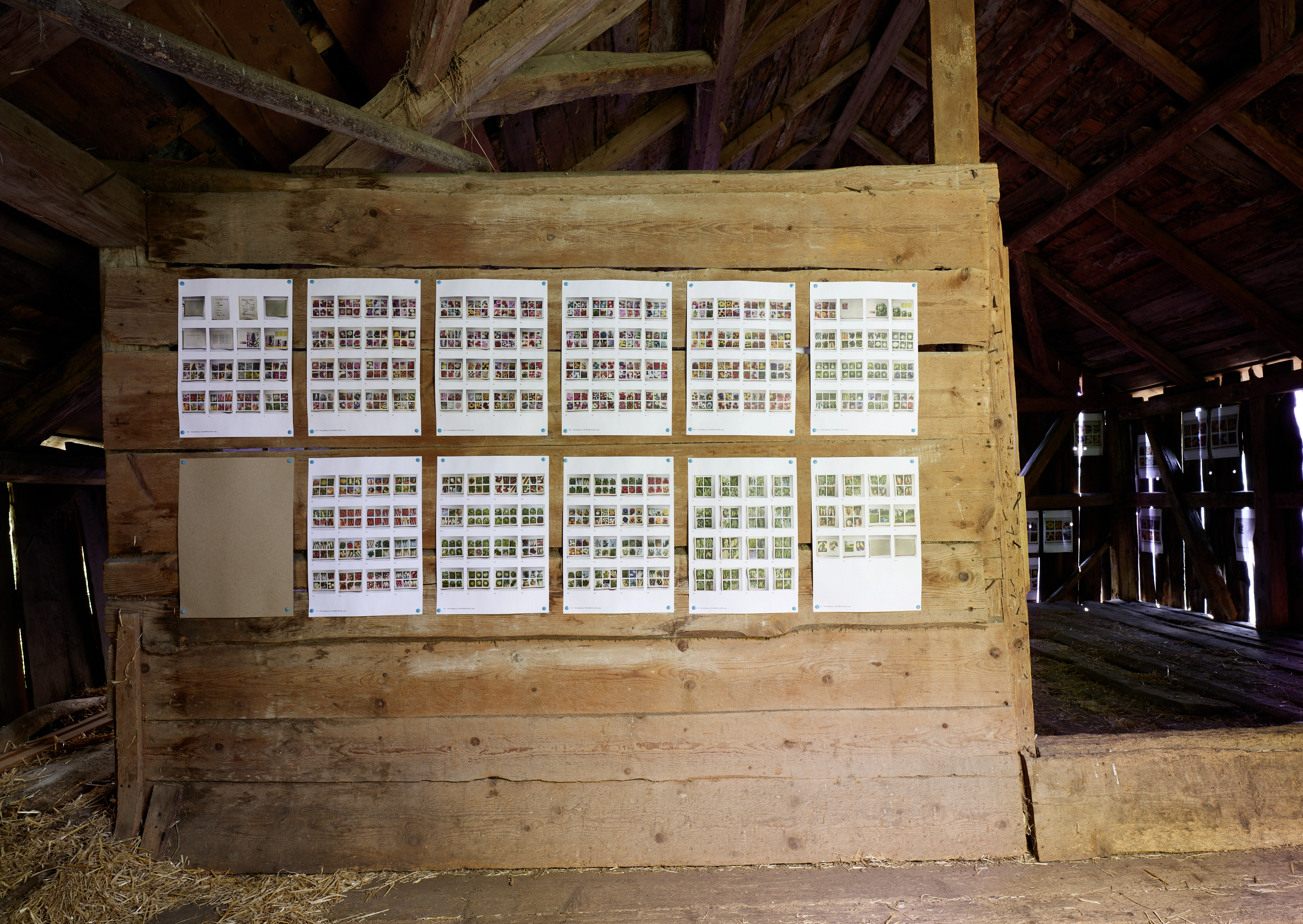

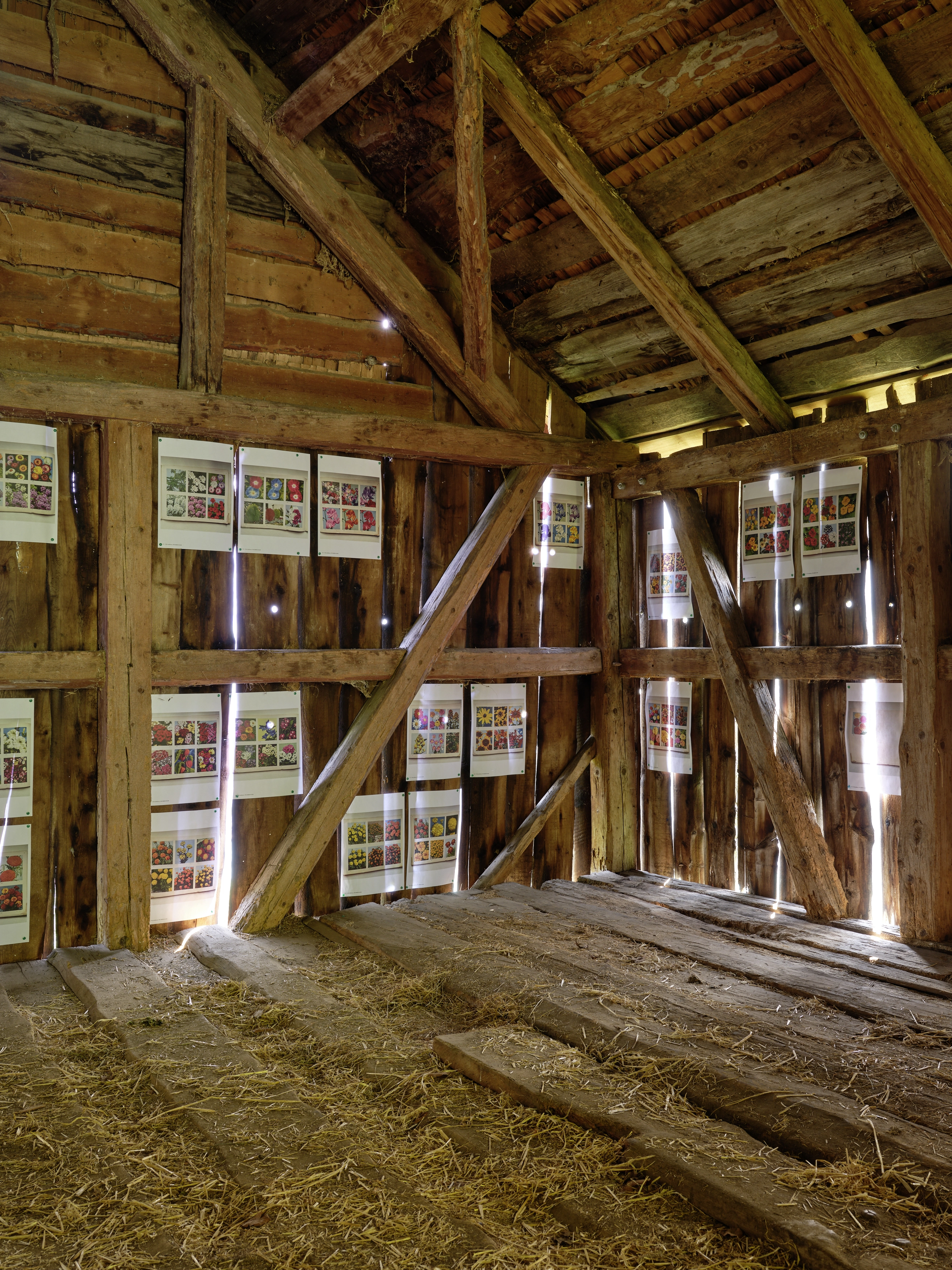

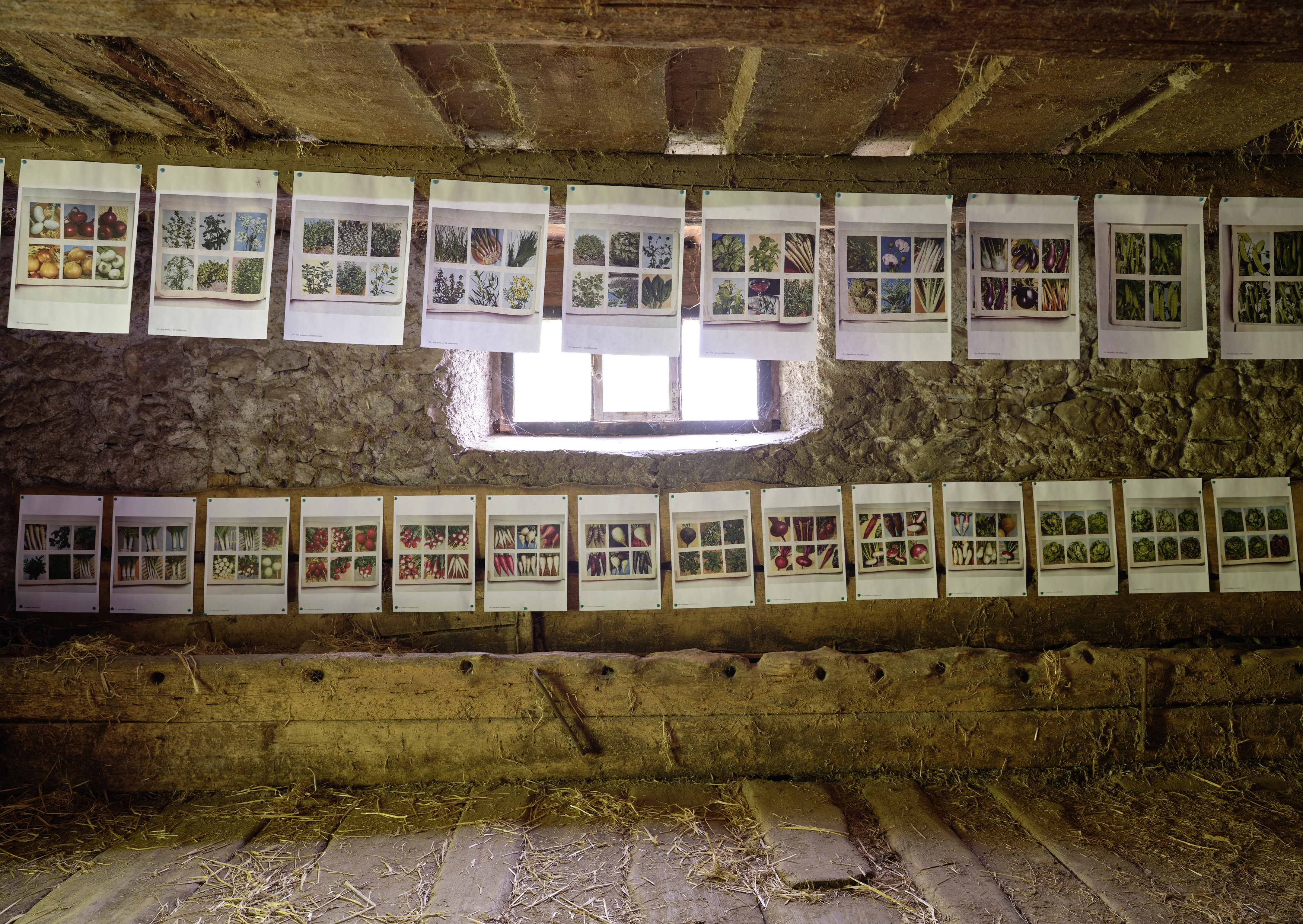
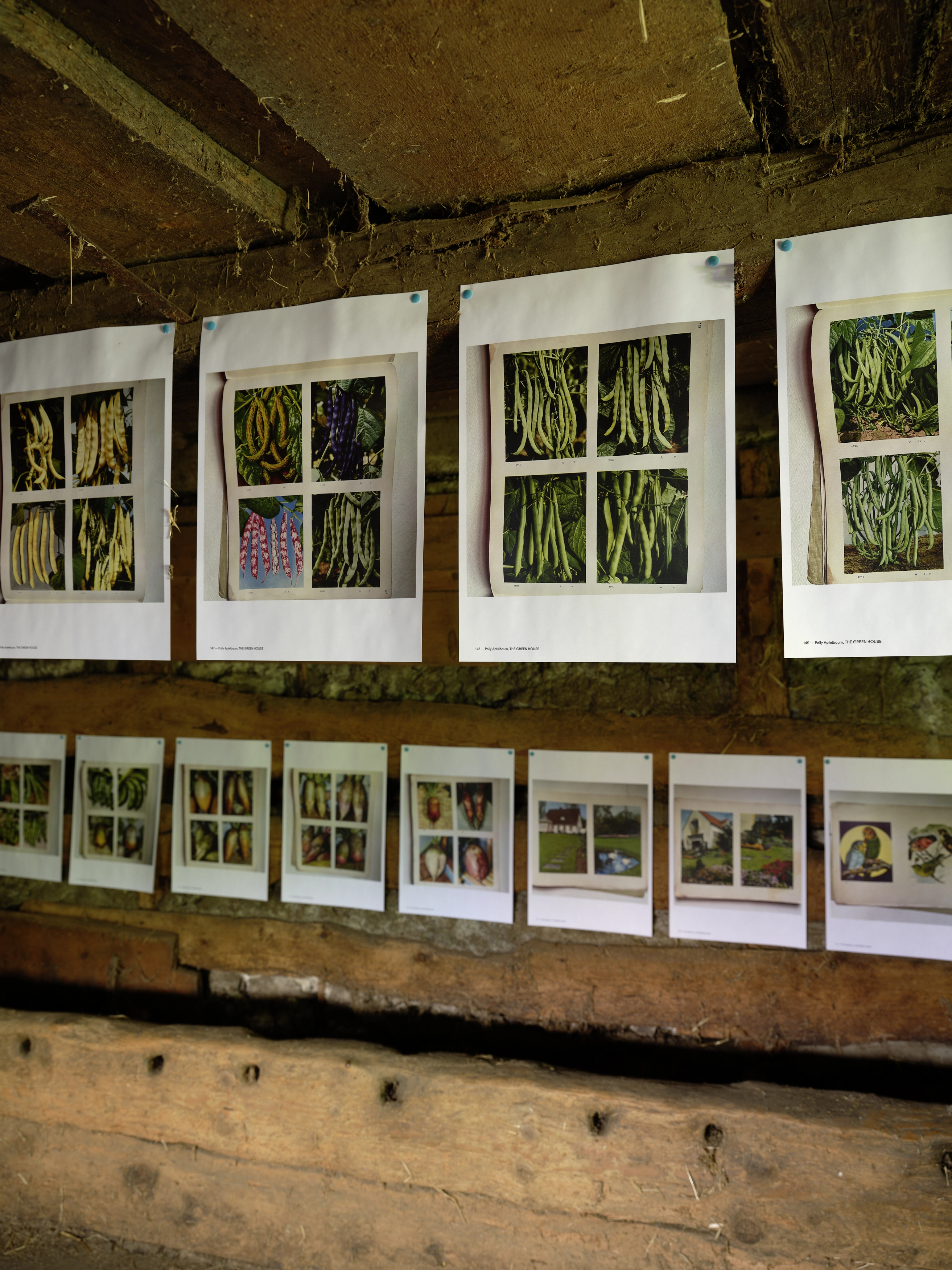
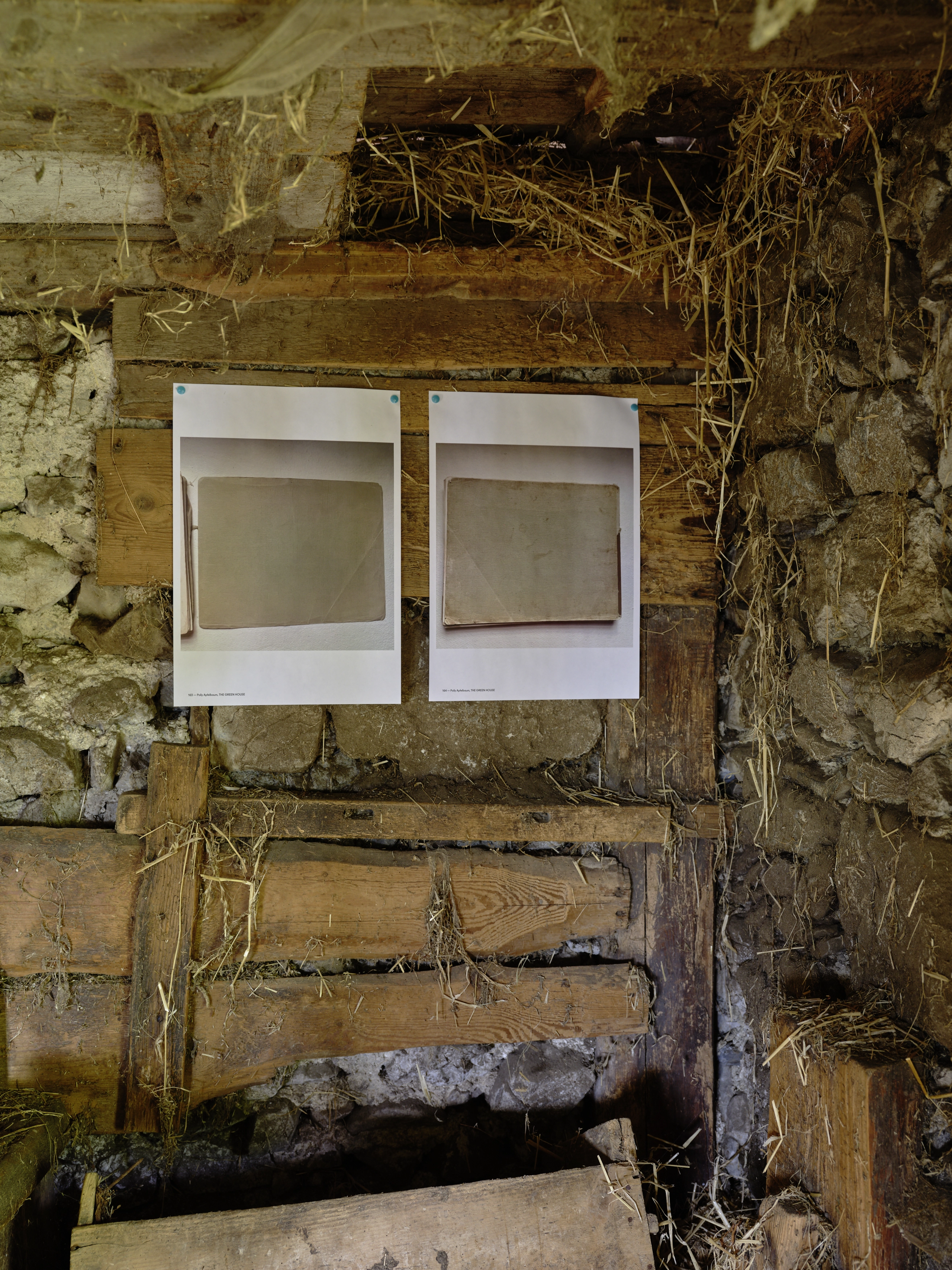
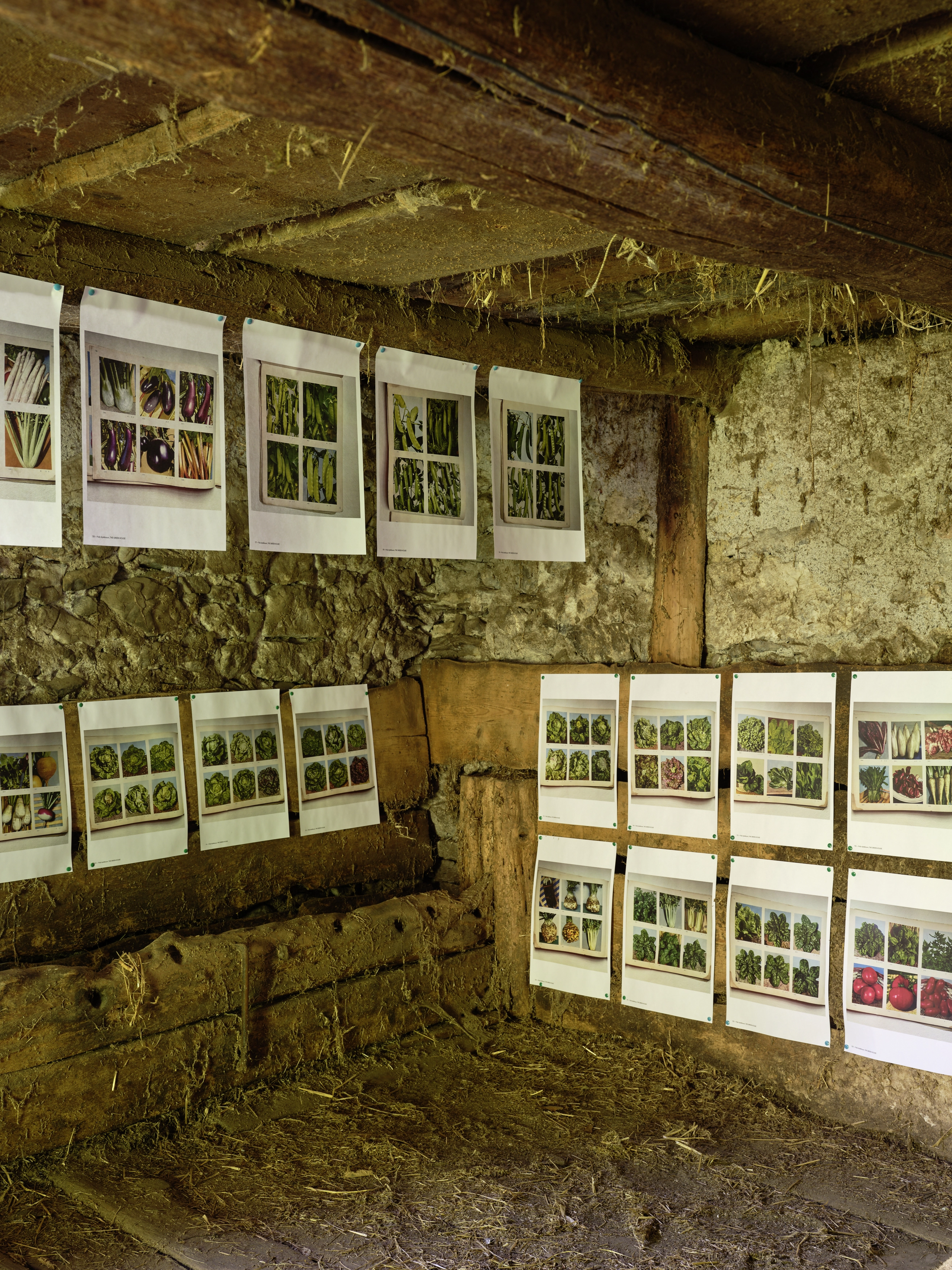

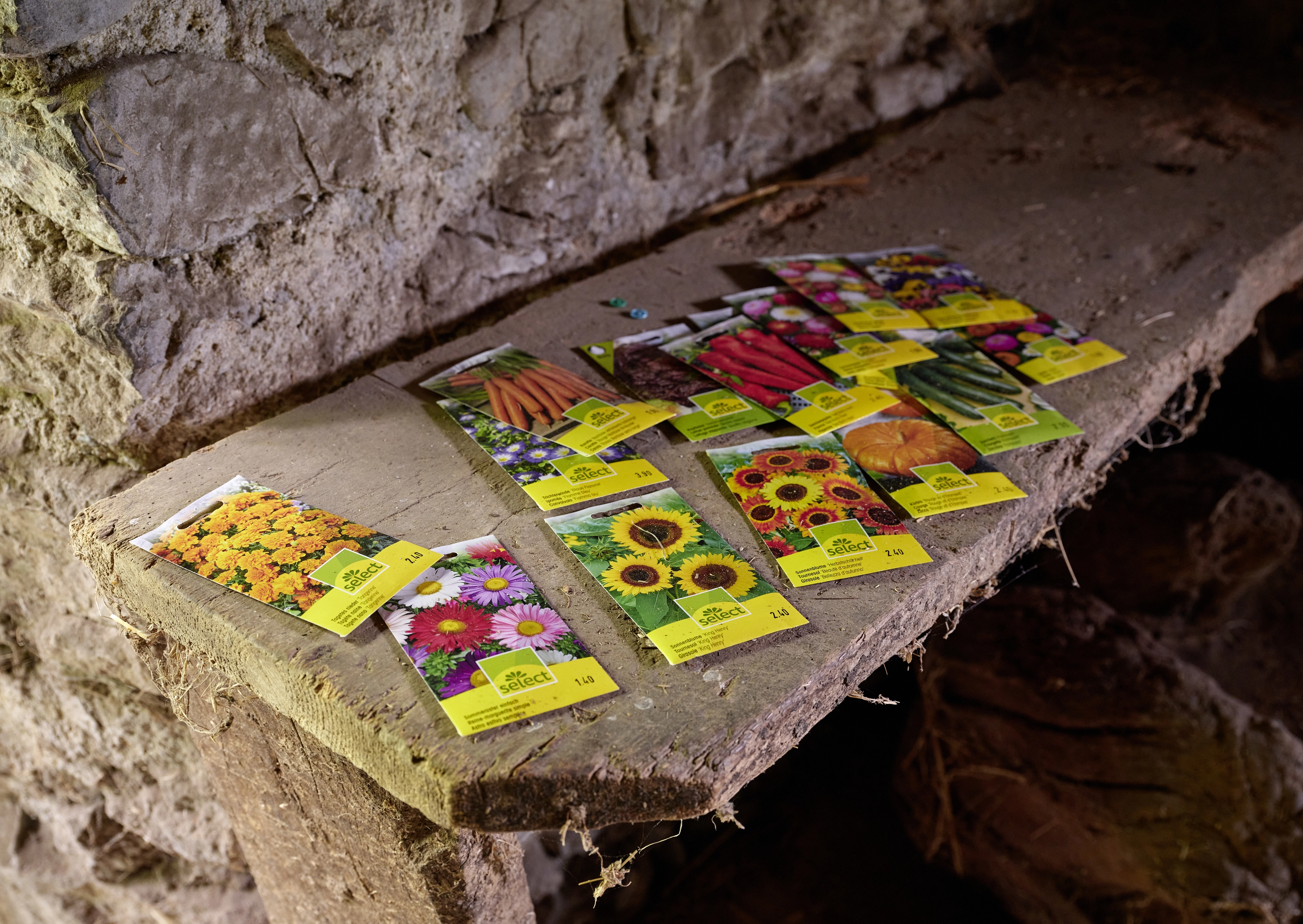
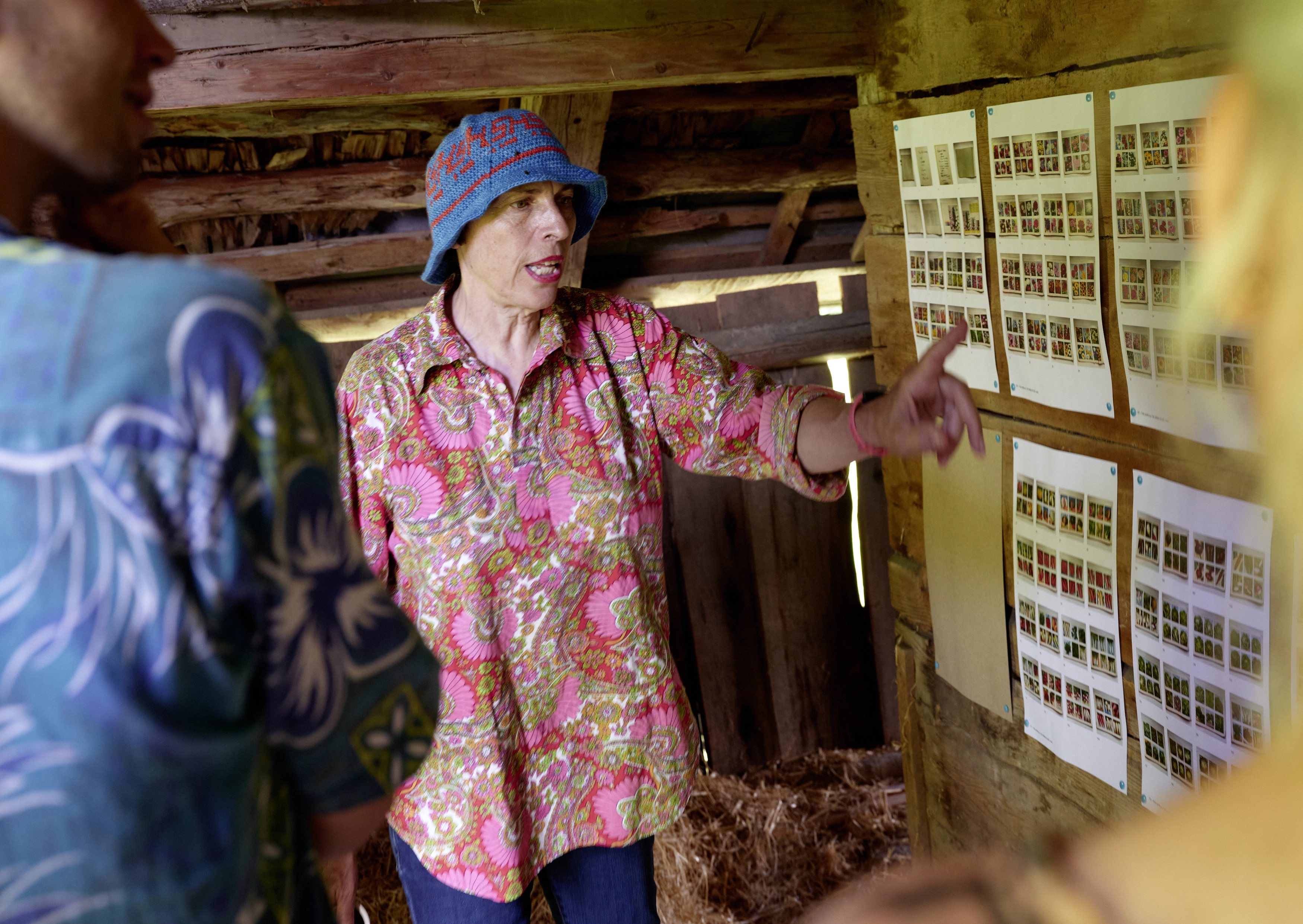


 2011, Haunted House
2011, Haunted House